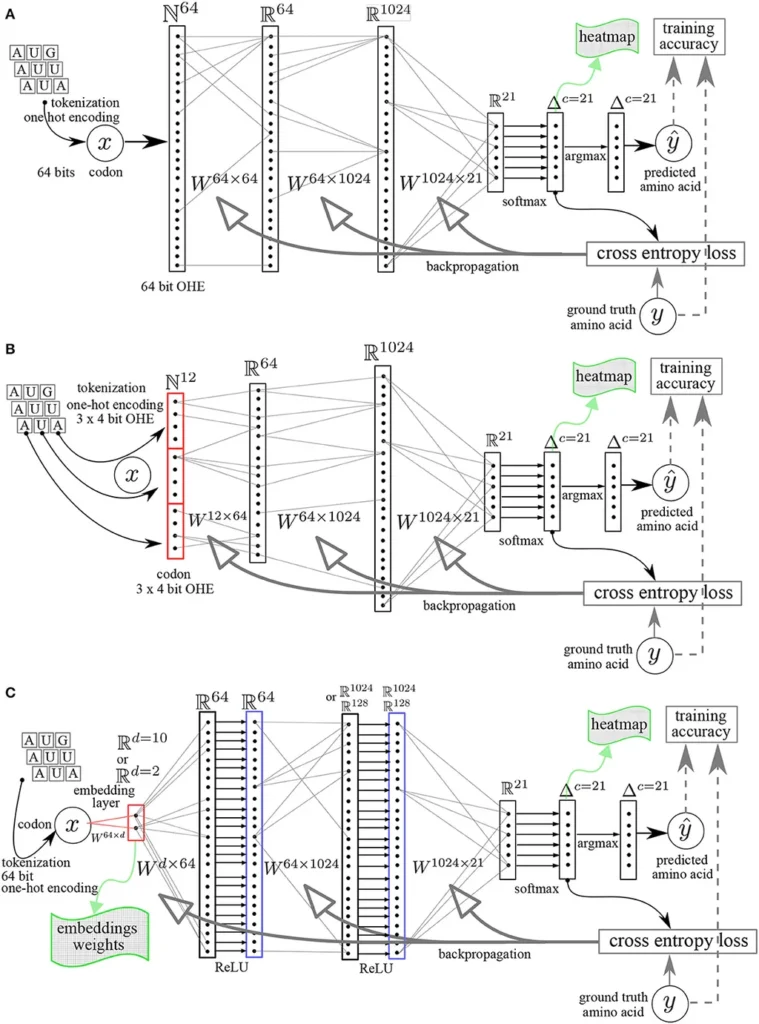In the heart of Maryland, researchers at the USDA-ARS Sustainable Perennial Crops Laboratory are cracking the genetic code to safeguard one of the world’s most beloved crops: cacao, the humble source of chocolate. Led by Ezekiel Ahn, a team of scientists has employed cutting-edge machine learning techniques to unravel the genetic architecture of disease resistance in cacao, potentially revolutionizing the way we combat devastating diseases like frosty pod rot (FPR) and witches’ broom disease (WBD). Their findings, published in ‘The Plant Genome’ (translated to English as ‘The Plant Genome’), offer a beacon of hope for farmers and the chocolate industry alike.
Cacao production is under siege from these diseases, which threaten global supply chains and the livelihoods of countless farmers. Traditional breeding methods have shown promise, but the genetic complexity of disease resistance has often left scientists in the dark. Enter machine learning. Ahn and his team harnessed the power of advanced algorithms to dissect the genetic underpinnings of disease resistance and productivity in cacao.
By analyzing phenotypic data from 102 diverse cacao accessions, coupled with single nucleotide polymorphism (SNP) markers mapped to both the Criollo and Matina reference genomes, the researchers identified a trove of novel candidate genes. These genes are implicated in a variety of biological processes, from cell wall modification to stress response signaling and defense mechanisms. “The associations we found varied between the reference genomes, highlighting the genomic complexity of these traits,” Ahn explained. “This underscores the need for a nuanced understanding of the genetic landscape in cacao.”
The team employed Bootstrap Forest and Boosted Tree models to uncover loci that had previously gone undetected. These models, part of the machine learning toolkit, are adept at handling complex datasets and identifying subtle genetic interactions. “Machine learning has given us a powerful lens to peer into the genetic fabric of cacao,” Ahn noted. “It’s like having a high-resolution microscope that can zoom in on the most intricate details.”
The implications of this research are profound for the cacao industry and beyond. By identifying these novel candidate genes, scientists can now develop disease-resistant varieties with greater precision and efficiency. This not only promises to bolster global cacao production but also to secure the livelihoods of farmers who depend on this precious crop. “Our study offers a genomic roadmap for developing disease-resistant varieties,” Ahn said. “This is a significant step forward in the fight against these devastating diseases.”
The commercial impacts of this research are far-reaching. The chocolate industry, worth billions of dollars annually, stands to benefit immensely from disease-resistant cacao varieties. Farmers, too, will see improved yields and reduced losses, translating to better incomes and more stable livelihoods. Moreover, the insights gleaned from this study could extend to other crops, paving the way for broader applications in agriculture.
As the world grapples with the challenges of climate change and food security, research like Ahn’s offers a glimmer of hope. By leveraging the power of machine learning and genomics, scientists are unlocking the secrets of our crops, one gene at a time. The journey to a more resilient and sustainable agricultural future has just taken a significant step forward, thanks to the pioneering work of Ahn and his team. Their findings, published in ‘The Plant Genome’, are a testament to the transformative potential of interdisciplinary research and the enduring quest to feed the world.

